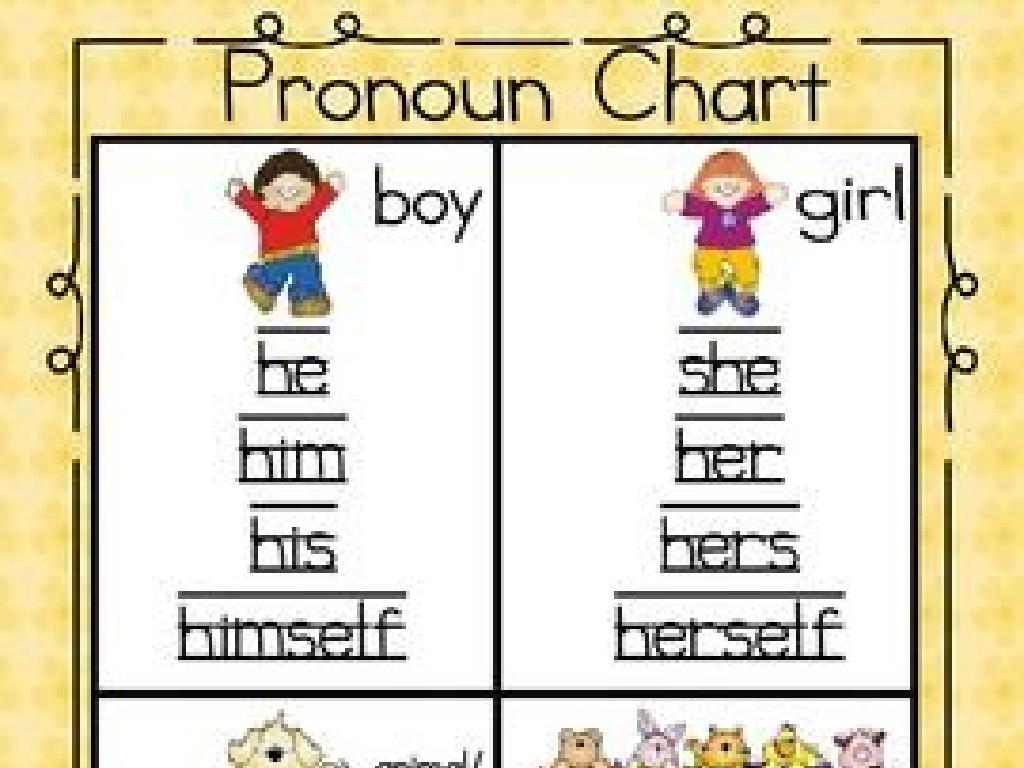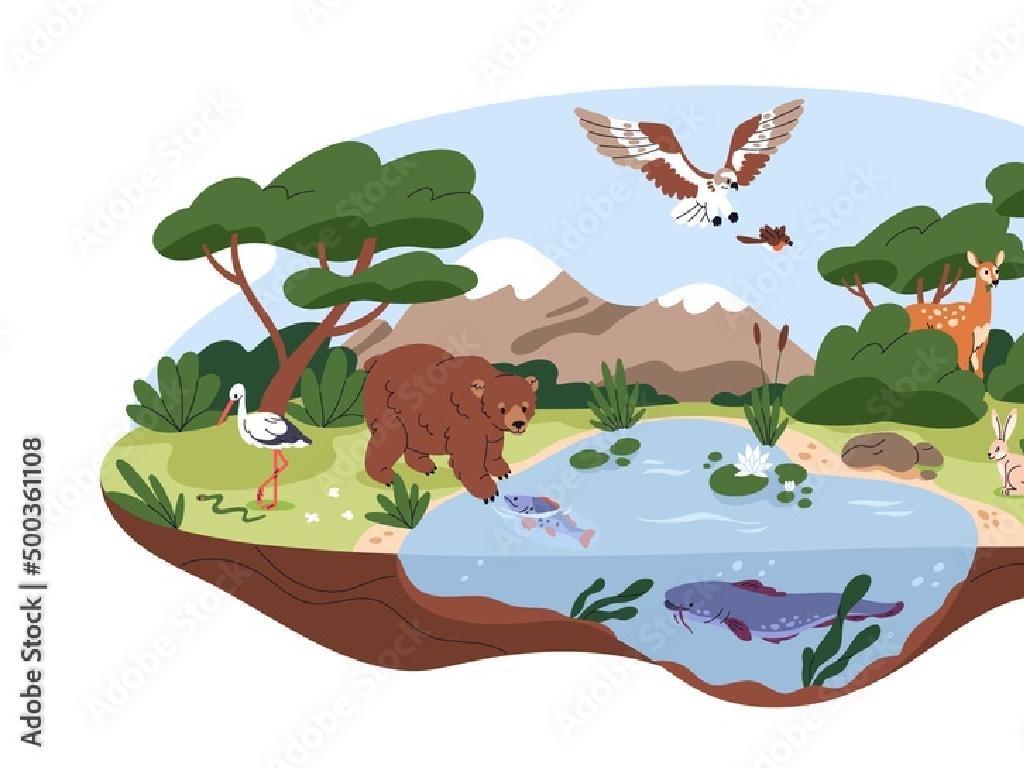Identify The Thirteen Colonies
Subject: Social studies
Grade: Eighth grade
Topic: Colonial America
Please LOG IN to download the presentation. Access is available to registered users only.
View More Content
Welcome to Colonial America: The Thirteen Colonies
– Introduction to Colonial America
– What are colonies?
– Settlements ruled by a foreign power
– Overview of the Thirteen Colonies
– Learn names, locations, and founding years
– Significance of the colonies in history
– Their role in shaping the nation’s future
|
This slide is designed to introduce students to the concept of Colonial America and set the stage for a deeper dive into the Thirteen Colonies. Begin with a brief discussion on what life was like in Colonial America and the European countries that established colonies. Explain the concept of a colony as a settlement under the control of a distant ruling country. Then, provide an overview of the Thirteen Colonies, including their names, geographical locations, and the dates they were founded. Emphasize the importance of these colonies in American history, particularly their role in the development of governance, culture, and the eventual fight for independence. Encourage students to think about how these colonies have influenced the United States as we know it today.
Understanding Colonies in Colonial America
– Define a colony
– A territory under the immediate control of a state
– Reasons for colonization
– Economic gain, religious freedom, and expansion
– Colonies in the British Empire
– They were sources of raw materials and markets for goods
– Impact on trade and growth
|
This slide aims to provide students with a foundational understanding of what a colony is and why they were established, particularly within the context of the British Empire. A colony is defined as a territory governed by a foreign power. Students should understand that colonies were not just settlements, but strategic assets for economic gain, religious freedom, and territorial expansion. The British Empire used the colonies for resources and as markets to sell their manufactured goods, which was crucial for the empire’s economic growth and dominance in global trade. Discuss the various motivations behind colonization and how these colonies fit into the larger narrative of American history. Encourage students to think about the implications of these colonies on the indigenous populations and the eventual push for independence.
Exploring the Thirteen Colonies
– List all Thirteen Colonies
– New Hampshire, Massachusetts, Rhode Island, Connecticut, New York, New Jersey, Pennsylvania, Delaware, Maryland, Virginia, North Carolina, South Carolina, Georgia
– Locate Colonies on a map
– Use a map to identify where each colony was established
– New England Colonies overview
– Discuss climate, economy, and culture in New England Colonies
– Middle and Southern Colonies
– Compare and contrast life in Middle and Southern Colonies
|
This slide aims to provide students with a foundational understanding of the Thirteen Colonies. Begin by listing all the colonies and then using a map to show their locations, emphasizing the geographical spread along the Eastern coast. Break down the colonies into regions: New England, Middle, and Southern, and discuss the unique characteristics of each, including their different climates, economies (like farming, trade, and industry), and cultural aspects. This regional approach helps students grasp the diversity within the Thirteen Colonies and sets the stage for deeper exploration into the political, social, and economic factors that led to the American Revolution.
Life in the Thirteen Colonies
– Daily life in the colonies
– Varied by region: New England’s focus on community and the South’s plantation life.
– Economic activities & trade
– Agriculture was key, but also shipbuilding, trade, and crafts were vital.
– Social structures in colonies
– Hierarchies existed based on wealth, gender, and race.
– Cultural life in colonial times
– Influences from European traditions, Native American cultures, and enslaved Africans.
|
This slide aims to give students a comprehensive view of life in the Thirteen Colonies. Daily life varied significantly between the different colonies, with New England emphasizing community and education, while the Southern colonies were more focused on plantation agriculture. Economic activities were diverse, with the Northern colonies engaging in shipbuilding and trade, while the Southern colonies relied heavily on agriculture and the labor of enslaved people. Social structures were hierarchical, with clear distinctions based on wealth, gender, and race. Cultural life was a blend of various influences, including European traditions, Native American cultures, and the cultures of enslaved Africans. Encourage students to compare and contrast life in the different colonies and consider how geography and economy shaped societal norms and cultural life.
Colonial Governments in America
– Structure of colonial governments
Colonies had governors, councils, and assemblies, similar to Britain’s King, council, and Parliament.
– Town meetings and assemblies
Town meetings allowed settlers to speak, vote on laws; assemblies represented the colony’s local governments.
– Comparison to British rule
Colonial assemblies had more direct representation compared to British Parliament’s limited American representation.
– Impact on American democracy
|
This slide aims to explain the organization of colonial governments and their democratic elements, which laid the groundwork for American political systems. Highlight the similarities and differences between colonial and British governance, emphasizing the greater degree of self-representation in the colonies. Discuss the role of town meetings and colonial assemblies in decision-making and law-making, and how these practices contrasted with the more centralized British governance. The comparison will help students understand the evolution of American democracy and the roots of the desire for independence. Encourage students to think about how these early forms of governance might influence our government today.
Map Activity: The Thirteen Colonies
– Engage with an interactive map
– Label each of the Thirteen Colonies
– Find and mark: New Hampshire, Massachusetts, Rhode Island, etc.
– Discuss each colony’s significance
– Why was each colony important?
– Understand the colonies’ role in US history
– How did they collectively shape the nation?
|
This slide introduces an interactive class activity involving a map of the original Thirteen Colonies. Students will use the map to identify and label each colony, which will help them visualize the geographical context of early American history. After labeling, the class will discuss the unique contributions and significance of each colony to the formation of the United States. This activity aims to foster a deeper understanding of the colonies’ roles and interrelationships in US history. For the teacher: Prepare an interactive map or handouts with blank maps for students to label. Consider breaking the class into groups, with each group focusing on a few colonies to then present their findings. Possible activities include creating a timeline, researching a specific colony, or comparing and contrasting the economies or cultures of different colonies.
Class Activity: Create Your Fourteenth Colony
– Form groups for colony creation
– Decide your colony’s location
– Consider geographical features & climate
– Name and govern your colony
– Create a unique name, choose a government system
– Design your colony’s culture
– What traditions or holidays will your colony have?
|
In this engaging class activity, students will apply their knowledge of the Thirteen Colonies by imagining and designing a ‘Fourteenth Colony’. They will work in groups to foster teamwork and creativity. Each group should consider the geographical and climatic factors that would affect their colony’s location, create a distinctive name, and decide on a form of government. Additionally, they should develop a culture complete with traditions, holidays, and social norms. This activity will culminate in a presentation where students will showcase their colonies, explaining their decisions and the historical reasoning behind them. Teachers should provide guidance on historical accuracy and feasibility, ensuring that students’ creations are rooted in the realities of Colonial America.






